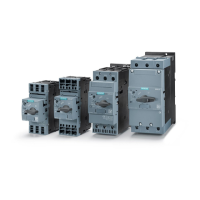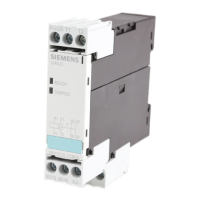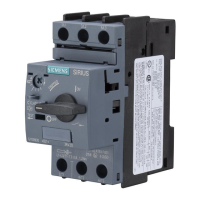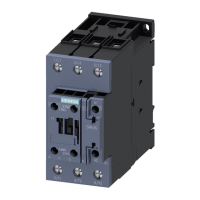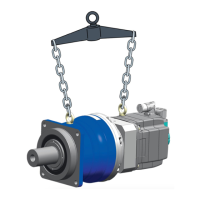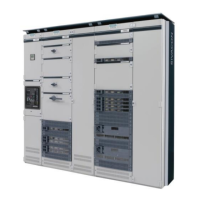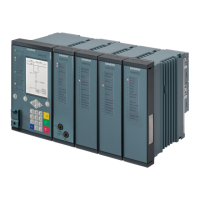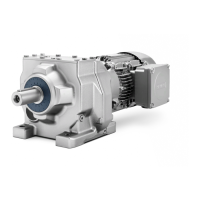SIRIUS 3RT2 contactors/contactor assemblies
2.7 Accessories
SIRIUS Innovations
170 System Manual, 01/2011, A8E56203870002-03
2.7.3 Surge suppressor
2.7.3.1 Description
When contactor coils are disconnected, overvoltages occur (inductive loads). Voltage peaks
of up to 4 kV can occur at a rate of rise of voltage of 1 kV/microsecond (shower discharges).
This leads to:
● Substantial erosion and, as a result, premature wear of the contacts which switch the coil.
● Injection of interfering signals, which lead to fault signals in electronic controls.
Therefore, all contactor coils should be attenuated against switching overvoltages,
particularly when working in conjunction with electronic controls.
Furthermore, the high rate of rise of the voltage waveforms generated can lead to the
capacitive coupling of significant interfering signals with adjacent systems. They necessitate
an RC circuit directly at the location where the source of interference originated, i.e. at the
contactor coil. This prevents overvoltages from occurring directly at the place of origin and
protects the electronic components which are sensitive to voltage too. It also prevents the
capacitive coupling of interfering signals with the control cables of electronic circuits.
Types of attenuation
The following RC circuit elements are commonly used for overvoltage attenuation; they are
connected in parallel with the contactor coil:
● RC element (resistor and capacitor in series)
● Freewheel diode, diode combination
● Varistors
All 3RT2 contactors and 3RH21 contactor relays can be subsequently connected to RC
elements or varistors for attenuating coil switching overvoltages. Diodes or diode
combinations (of suppression diodes and Zener diodes for short disconnecting times) can
also be used.
Coupling relays, on the other hand, do not require any additional surge suppressor and can
be used directly with electronic controls.
Reference
More information ... Can be found in the chapter titled ...
About coupling relays Coupling relays (Page 130)

